Do Alexandrine Parrots Bite?
Alexandrine parrots are highly intelligent, social birds that can make very loving and entertaining companion pets. However, they do have a reputation among bird owners for biting, which can be painful and frightening when not addressed properly. In this comprehensive guide, we’ll look closely at the biting behaviors of Alexandrine parrots, and how to gently curb biting tendencies so you can fully enjoy their playful charm and talking ability.
Understanding Alexandrine Parrot Biting
Alexandrine parrots, like many parrot species, will often use their beaks to interact with their environment. This can include using their beaks to climb, crack open nuts and seeds, strip bark, explore objects, and communicate. So some beak contact, including gentle nibbles, should be seen as perfectly normal parrot behavior.
However, Alexandrine parrots may also bite for less innocent reasons, including:
- Territorial Aggression – Parrots are very protective of their territory and bonded humans. They may bite or lunge to defend their cage, toys, food dish or owners from perceived intruders. This territorial aggressive behavior tends to increase during hormonal times or nesting/mating seasons.
- Fear or Mistrust – A new Alexandrine parrot that is unsure about its environment or distrustful due to lack of handling can use biting as a defense mechanism. Quick movements near the cage, trying to pick up a new bird, or forcing contact too quickly often elicits defensive bites.
- Attention-Seeking – Alexandrines are playful, social birds that thrive on interaction with owners. An Alexandrine that is bored, lonely or feeling ignored may resort to nipping for attention.
- Lack of Handling – Alexandrine parrots that are not accustomed to being touched or handled can bite simply due to feeling threatened by close human contact. They need time and positive training to become comfortable with handling.
- Hormonal Behaviors – Heightened hormones during mating seasons or egg-laying lead to increased territoriality, aggression and biting in parrots. Reducing stimulation and night-time light exposure can help.
- Redirected Aggression – A parrot that is frustrated about something like a scary noise or denied treat may lash out and bite the closest human target in proximity.
- Clumsy Beak Control – Younger Alexandrine parrots and fledglings that are still learning beak coordination skills may inadvertently bite too hard while interacting.
Read our article What Age Do Alexandrine Parrots Molt?
How Severe are Alexandrine Parrot Bites?
Alexandrine bites can range from gentle exploratory nibbles to breaking skin in severe cases. Most often though, their bites will leave slight indentations, scratches or pressure marks without puncturing skin. Wearing thick long sleeves can help protect your hands and arms during training and handling.

Where Do They Like to Bite?
Fingers and hands are common targets, as are wrists, arms and even shoulders. It’s important to get an Alexandrine parrot accustomed to having hands and fingers nearby and touching their head, beak and body to overcome distrust.
Ensuring Biting Isn’t Caused by Illness
While biting is usually behavioral, illnesses or conditions causing discomfort, pain and irritation can elicit bites too. Overgrown beaks, infections, intestinal parasites and more can make a parrot generally irritable and prone to biting. So it’s important to have your Alexandrine undergo regular avian vet checkups for health problems to be identified and treated early.
Stopping Your Alexandrine Parrot from Biting
While Alexandrine parrots have an inherent tendency to bite, there are many effective techniques that can curb biting behaviors when applied consistently. Using force, punishment, isolation or aggression will not help the situation and will erode trust. Instead, use the following positive training methods recommended by avian behavior experts:
Use Positive Reinforcement
The most effective way to teach an Alexandrine parrot not to bite is through positive reinforcement training. This involves:
- Rewarding desired behaviors with treats, praise, head scratches and attention. For example, when petting your parrot without any nipping, immediately provide a treat and enthusiastic praise.
- Completely ignoring undesired behaviors like biting. Avoid reacting with punishment, yelling or pulling away hastily, as this may inadvertently encourage more biting for attention.
- Saying a firm “No bite” when biting occurs, then immediately redirecting their attention to a toy or another desired behavior to reward.
- Being patient and consistent. Repetition and time are key for parrots to associate good behaviors with rewards.
Redirect Biting Urge Using Interactive Toys
When an Alexandrine parrot attempts to bite, quickly substituting with an appropriate chewing object helps redirect urges. Offer safe, destructible bird toys and chews made of wood, palm, yucca or pine to bite instead of hands. Rubbery, plastic and rope toys also provide sensory enrichment. Rotate new toys regularly to prevent boredom.
Get Parrot Accustomed to Handling and Touch
Many bites occur due to an Alexandrine parrot feeling frightened and defensive when handled. Doing short, positive training sessions to get the parrot comfortable with touch can help. Offer treats as you lightly touch toes, head, wings etc, praising calm behavior. Advance to having hands/fingers near and eventually touching beak.

Ensure Parrot Gets Enough Daily Interaction
Alexandrine parrots are highly social and energetic. An Alexandrine without enough mental stimulation and human interaction can resort to biting for attention and play. Spend at least an hour a day socializing one-on-one with your parrot outside the cage with toys and handling.
Discourage Biting Through Gentle Discipline
While we want to avoid punishment, consistent gentle “discipline” can help communicate biting is unacceptable. If biting hard enough to cause harm, say “No!” firmly and remove hand/body part away swiftly but calmly. Avoid pulling away jerkily as this can encourage grabbing and biting games.
Try “Beak Touching” Training
Teaching a parrot to gently touch their beak or mouth to hands and fingers on cue helps establish acceptable beak use. Offer treats as you present your hand and say “Touch” when they make gentle contact without clenching.
Consider the “Bite Inhibition” Method
Some trainers use bite inhibition which involves teaching a parrot to modulate biting force. If nipped too hard, yell “Ouch”, briefly withdraw attention, and reward gentler subsequent bites. The goal is to communicate harder bites are unpleasant.
Avoid Aggression Triggers
Learn your Alexandrine parrot’s body language to watch for signs of annoyance like tail fanning, pupil dilation and neck feather raising. Avoid actions that elicit bites like touching their back or food/toys. Respect their personal space.
Check for Resource Guarding
Resource guarding is aggression over perceived valuable resources like food, toys, owners and more. If your parrot tends to bite when near these resources, use counterconditioning to improve associations.
With diligence, an Alexandrine parrot biting problem can be overcome through trust, training and enriching care. Seek additional guidance from an avian veterinarian or certified parrot behaviorist if biting persists or causes safety concerns in the home.
Providing Proper Care to Reduce Biting

While training and handling techniques are critical, an Alexandrine parrot’s basic care and living conditions also significantly impact biting tendencies. Below are some key areas where proper care can minimize biting urges:
Proper Diet with Vegetables, Fruits
A poor diet lacking in nutrients can negatively affect an Alexandrine parrot’s health and behavior. Ensure your parrot’s diet includes:
- High quality pelleted base diet
- Plenty of chopped fresh vegetables – leafy greens, beans, peppers, etc
- Some fruits – berries, melon, apple, kiwi pieces
- Moderate seeds and nuts
- Calcium source like cuttlebone
- Safe, natural foraging opportunities
A balanced parrot diet reduces irritability and aggression stemming from nutritional deficiencies. It also enables healthier beak and body condition.
Plenty of Safe, Destructible Toys
Having a wide variety of perches, puzzles, shredders and toys provides mental stimulation and redirects biting urges onto appropriate objects. Ensure toys are bird-safe and frequently rotate new options to prevent boredom. Place toys strategically around their cage and play areas.
Adequate Cage Size and Out of Cage Time
Alexandrine parrots are active birds that need room to spread their wings and climb. A cramped cage can cause stress and frustration that manifests as biting their humans. Ensure their cage is the largest size possible, at minimum 24″ W x 24″ D x 36″ H for one Alexandrine parrot. The bar spacing should be 3⁄4 to 1 inch.
They should also get multiple hours of supervised play time out of cage each day. Make sure any fully flighted parrot has a bird-safe room before letting them out. Give them opportunities to fly vertically and horizontally during free flight time.
Enrichment Activities
Incorporate foraging activities, showering, climbing, flight recall training and more into your Alexandrine parrot’s routine. Rotating a range of enrichment keeps their mind engaged and body active. Schedule activities during times they tend to get nippy.
Regular Vet Checkups
Have an avian vet examine your Alexandrine parrot at least annually, and whenever health concerns arise. Medical issues, pain, nutritional deficiencies, and conditions like overgrown beaks can all increase biting. Diagnosing and treating health problems helps minimize unnecessary biting episodes.
By meeting all of your Alexandrine parrot’s needs through proper care and enrichment, biting should decrease naturally. But it takes time and patience through their acclimation to a new home environment.
Is Rehoming an Aggressive Alexandrine Parrot Necessary?
Rehoming is an option some owners consider when an Alexandrine parrot has severe, untreatable aggression and biting issues. However, rehoming can be very stressful on parrots, and should only be a last resort after all other training options have failed.
Here are some things to consider before rehoming an aggressive Alexandrine parrot:

- How long have you had them? It can take weeks or months for parrots to fully acclimate to a new home. Biting during the initial transition period is common as they adjust. Give intensive training a chance first before deciding they can’t be trained.
- Have you worked consistently with training techniques? All parrot behavior experts emphasize persistent, gentle training to curb biting. Try working with them in focused daily training sessions for at least 1-2 months using positive reinforcement before giving up.
- Have you had the parrot examined by an avian vet? Medical issues could be exacerbating aggressive behavior. Have them thoroughly evaluated to identify and address any health conditions.
- Have you sought help from parrot specialists? Consult with certified avian behaviorists and parrot rescue organizations, who may be able to provide effective solutions or take the bird temporarily for rehabilitation.
- Can you identify the triggers and patterns? Observe closely to identify specific triggers like territory guarding or handling avoidance. Tailor training to address the underlying motivation.
- Will the new home truly be better equipped? Ensure any home you rehome to has extensive parrot experience and ability to handle aggression. Many Alexandrine parrots get repeatedly rehomed.
While biting issues can be frustrating, reheoming an Alexandrine parrot to an unknown future should be a final option after all training and management avenues have been thoroughly exhausted. With patience and care from knowledgeable owners, even severely aggressive Alexandrines can often overcome biting tendencies and become affectionate companions.
Read our article How Noisy Are Alexandrine Parrots?
The Bottom Line: Patience and Training Stops Biting
Alexandrine parrots are highly intelligent birds that generally want to form close bonds with their human caretakers. While biting can be a problematic behavior in newly adopted Alexandrines, the key is responding gently and consistently.
With time, patience and ample positive reinforcement training, biting behaviors in Alexandrines can be corrected. Maintaining their trust through enriching care and handling also reduces the motivation to bite.
While some nibbling and beaking is innate parrot behavior, biting should never be tolerated to the point of breaking skin or jeopardizing safety. Always supervise Alexandrine parrots around children closely.
If biting persists despite concentrated effort with the training techniques outlined, seek guidance from avian vets and behaviorists. Join online parrot owner forums to connect with those experienced in curbing Alexandrine biting.
When acquiring an Alexandrine parrot, ensure you have the time, dedication and resources to adequately provide for their complex needs. With the right knowledge and care, Alexandrines can become cherished companions rather than aggressive biters. Their natural playfulness and talking ability will shine through with a patient, compassionate approach.

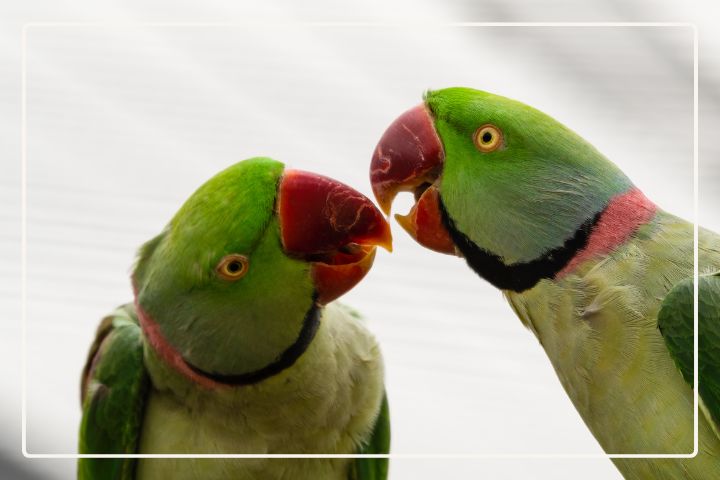

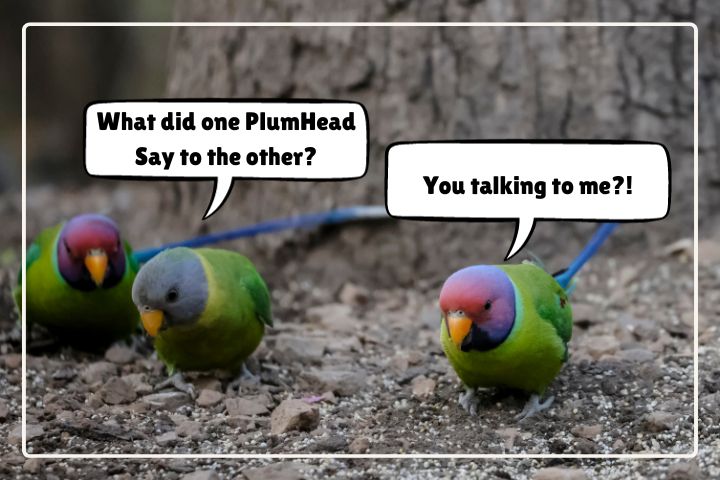
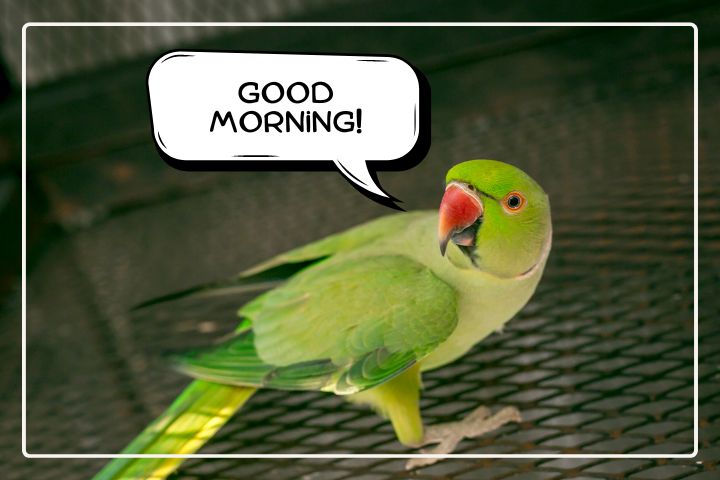
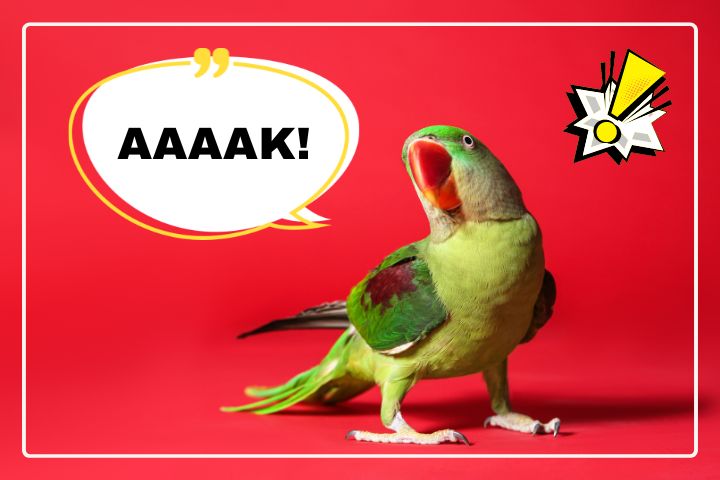
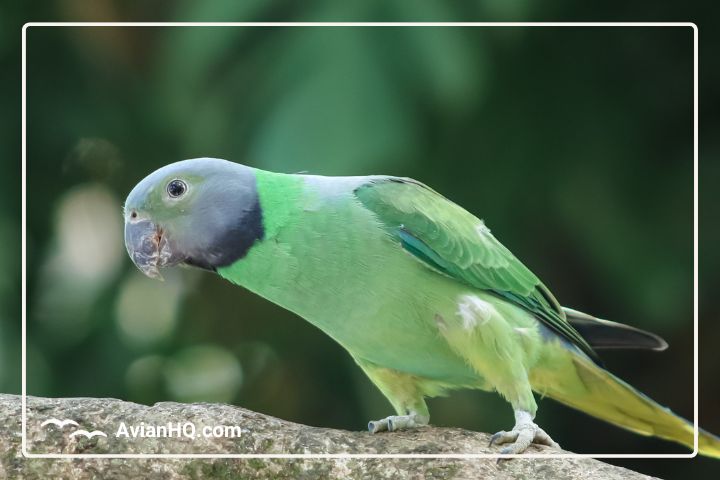
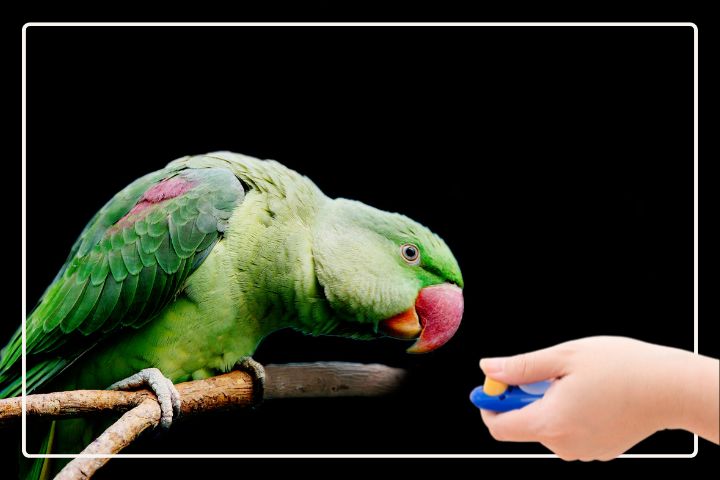
Its like you read my mind! You appear to know a lot about this, like you wrote the book in it or something. I think that you can do with a few pics to drive the message home a bit, but other than that, this is great blog. A fantastic read. I’ll definitely be back.